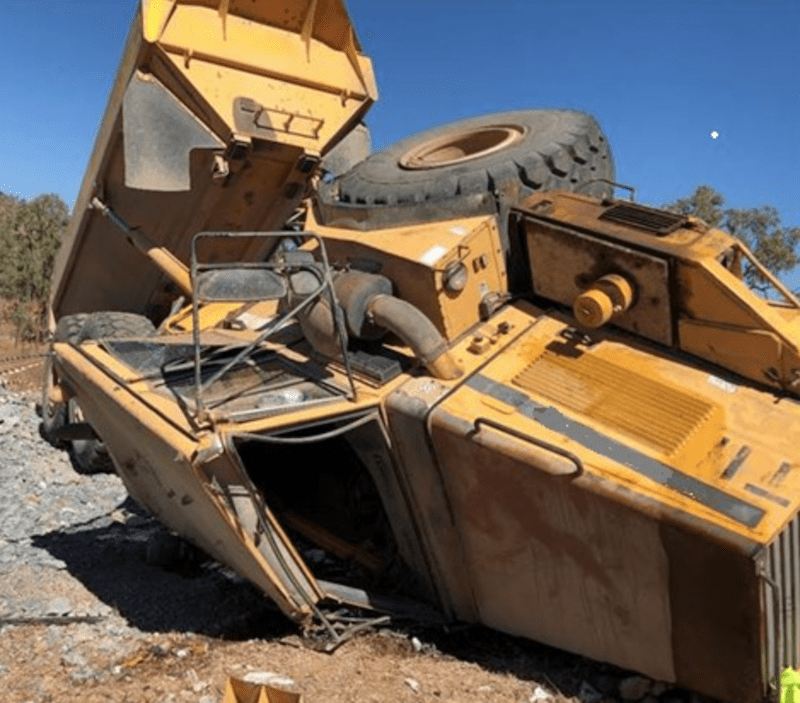Safety Institute of Australia
Machinery operators and drivers had the highest fatality rate in 2017 at 7.1 fatalities per 100,000 workers, followed by labourers (4.6) and managers (1.7), according to Safe Work Australia’s recently released Key Work Health and Safety Statistics Australia 2018(link is external).
Of the 191 workers who were fatally injured in 2017, the report found 93 per cent were male while 31 per cent were caused by vehicle collision, 19 per cent were caused by being hit by moving objects and 15 per cent were caused by falls from height.
In terms of industries, agriculture, forestry and fishing had the highest number of work-related injuries at 16.5 fatalities per 100,000 workers followed by transport, postal and warehousing at 8.6 and arts and recreation services at 3.5.
The highest fatality rate was recorded for 55-64 year old workers (49 fatalities) followed by 45-54-year-old workers (35), 35-44-year-old workers (33) and 25-34-year-old workers (32).
“Understanding the national work-related injury, disease and fatality statistics can help reduce work-related fatalities, injury, illness and disease”, said Safe Work Australia Chair Diane Smith-Gander.
“I would like those who read this publication to remember that every number in the publication represents a life changed forever.
While there is a 47 per cent decrease in the national workplace fatality rate since 2007, there were still 191 workplace fatalities and Smith-Gander said every worker fatality is one too many.
The report also found that the serious claims frequency rate dropped by 27 per cent from 2006-07 to 2015-16, while the highest frequency rate (serious claims per million hours worked) was 7.7 for the 60-64-year-old age group in 2017, and the same group had an incident rate (serious claims per 1000 employees) of 12.2.
This was followed by the 55-59-year-old age group with a frequency rate of 7.2 and an incident rate of 12.4.
In terms of serious claims by mechanism of incident, body stressing came in at 38 per cent followed by falls, trips and slips (25 per cent) and being hit by moving objects (16 per cent).
For serious claims by nature of injury/disease per cent, traumatic joint/ligament and muscle/tendon injury represented 41 per cent of claims, followed by wounds, lacerations, amputations and internal organ damage (16 per cent) and musculoskeletal and connective tissue diseases (16 per cent).
In terms of serious claims by occupation, labourers recorded a frequency rate of 23.7 and incident rate of 16.5, followed by community and personal service workers (frequency rate of 14.2 and incident rate of 11.1) and machinery operators and drivers (frequency rate of 21.1 and incident rate of 10.8).














Add Comment